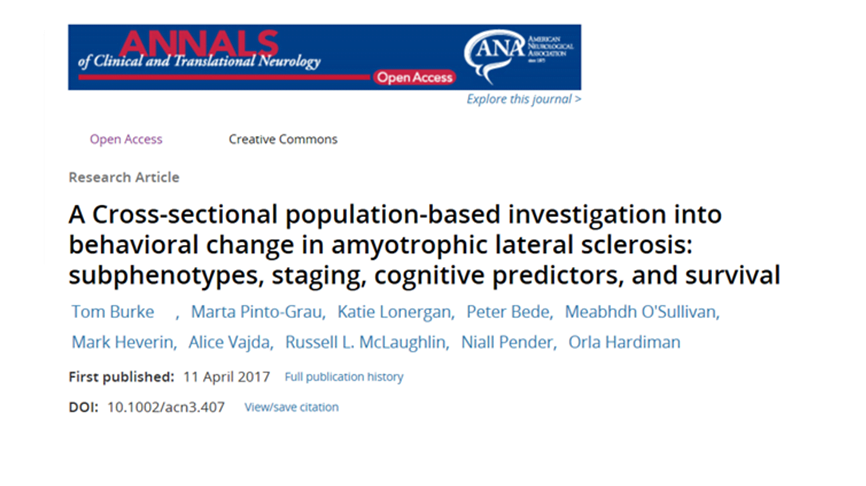In a study of mice and monkeys, researchers have shown that they could prevent and reverse some of the brain injury caused by the toxic form of the protein tau. The results, published in Science Translational Medicine, suggest that the study of compounds, called tau antisense oligonucleotides, that are genetically engineered to block a cell’s assembly line production of tau, might be pursued as an effective treatment for a variety of disorders.
Cells throughout the body normally manufacture tau proteins. In several disorders, toxic forms of tau clump together inside dying brain cells and form neurofibrillary tangles, including Alzheimer’s disease, tau-associated frontotemporal dementia, chronic traumatic encephalopathy and progressive supranuclear palsy. Currently there are no effective treatments for combating toxic tau.
Antisense oligonucleotides are short sequences of DNA or RNA programmed to turn genes on or off. The researchers tested sequences designed to turn tau genes off in mice that are genetically engineered to produce abnormally high levels of a mutant form of the human protein. Tau clusters begin to appear in the brains of 6-month-old mice and accumulate with age. The mice develop neurologic problems and die earlier than control mice.
Injections of the compound into the fluid-filled spaces of the mice brains prevented tau clustering in 6-9 month old mice and appeared to reverse clustering in older mice. The compound also caused older mice to live longer and have healthier brains than mice that received a placebo. In addition, the compound prevented the older mice from losing their ability to build nests.
Currently researchers are conducting early phase clinical trials on the safety and effectiveness of antisense oligonucleotides designed to treat several neurological disorders, including Huntington’s disease and amyotrophic lateral sclerosis (ALS).
Further experiments on non-human primates suggested that the antisense oligonucleotides tested in mice could reach important areas of larger brains and turn off tau. In comparison with a placebo, two spinal tap injections of the compound appeared to reduce tau protein levels in the brains and spinal cords of Cynomologus monkeys. As the researchers saw with the mice, injections of the compound caused almost no side effects.
Nevertheless, the researchers concluded that the compound needs to be fully tested for safety before it can be tried in humans. They are taking the next steps towards translating it into a possible treatment for a variety of tau related disorders.
Paper: “Abnormal neurogenesis and cortical growth in congenital heart disease”
Reprinted from materials provided by NIH/NINDS.





